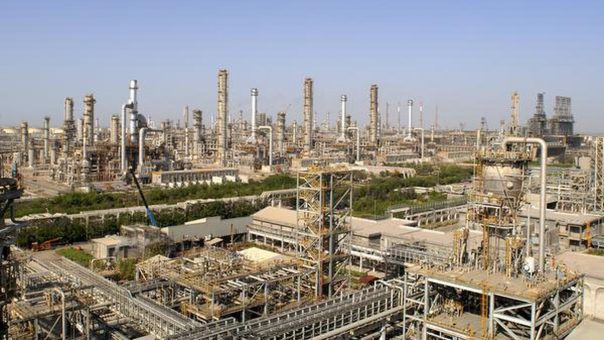By Nick Cunningham
Oil price projections are infamously all over the map, but the current chasm between various pricing forecasts is striking, offering wildly different views. On the low end we have Citibank, which recently stated that Brent oil prices could fall to as low as $45 per barrel within the next year. Citi’s Ed Morse said that Brent could very well fall back into a band of between $45 and $65 per barrel, a range that was familiar between much of the market downturn between 2014 and 2016.
The so-called “shale band” theory, popularized several years ago, posited that shale production would go offline below $45 per barrel, putting a floor beneath prices at that level, while any surge above $65 brought new supply online, which would push prices back down. Citi sees the recent run up in oil prices as temporary. “We think oil is headed back to that range by the end of 2019,” Morse said in an interview with the Financial Post in Calgary.
“The bull argument is based on faulty analysis,” he said. Morse argues that drillers are spending much more efficiently. “There should be no debate that the efficiency of capital has improved by at least 50 per cent since at least 2014. The doubts are whether that’s going to continue,” he said. “So far, those that have predicted cost reflation have been proven wrong, including in the shale plays.”
Moreover, drilling technology is also vastly superior compared to years past, which means producers can squeeze more oil out of wells while spending less. Finally, he argued that the assumption of significant decline rates are overblown, and he says that only about 40 to 45 million barrels per day (mb/d) will suffer from decline rates on the order of about 5 percent. Morse says most energy analysts apply assumptions about decline rates for most or all of the 100 mb/d of supply, which is not a reasonable assumption.
Morse is certainly going against conventional wisdom right now, but he has been there before. His prediction carries extra weight because he rightly predicted the crash in 2014. He may be on the pessimistic end of the spectrum but he is not alone. “We do not see material upside risk from current price levels during this quarter,” Barclays wrote in a recent note, arguing that “unless there are even further disruptions than baked into our balances, the fundamental market balance should weaken through end-2019.”
Barclays says demand remains strong for now, but high oil prices will undercut consumption. Both OPEC and non-OPEC production continue to grow, which means that, fundamentally, the oil market will return to surplus this year, with inventories building throughout 2019. The investment bank sees WTI falling to as low as $61 per barrel in the third quarter of 2019 – not as dramatic as Citi’s prediction, but bearish nonetheless.
At the bullish end of the spectrum there is Goldman Sachs, although the investment bank has acknowledged a growing number of bearish risks to its forecast recently. The prospect of more Saudi production and a potential SPR release could spoil further gains to prices, but the forthcoming outages from Iran could push the oil market into a serious deficit – perhaps running at about 0.6 million barrels per day by November.
Goldman tends to be more bullish than other forecasters, but is sticking with a range of $70 to $80 per barrel for Brent for the time being. (A recent paper from economist Philip K. Verleger suggested that oil prices could shoot up to $200 per barrel because of new regulations hitting maritime fuels in 2020, but that forecast is an outlier). Bank of America Merrill Lynch goes a bit further, suggesting that Brent could rise to as high as $90 per barrel in the second quarter of 2019.
However, a hardline from the U.S. on Iran remains a major upside risk (which is true for all forecasts). “In our view, a complete cutoff of Iran exports would be very hard to manage and likely result in an oil price spike above $120/bbl,” Bank of America Merrill Lynch wrote in a note in early July.
“For now, the uncertainty around US government policy is leading to lower exports and an increase in Iranian oil in floating storage.” To be sure, there are a variety of other forecasts that offer variations of these arguments, but anyone can find evidence and an oil price forecast from a prominent investment bank to back up any particular viewpoint they might have. Such is the unpredictable nature of the oil market.
Source: Oilprice.com







